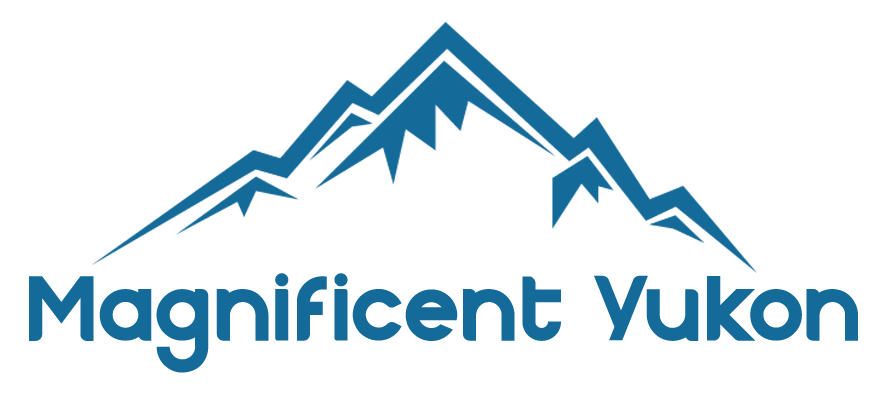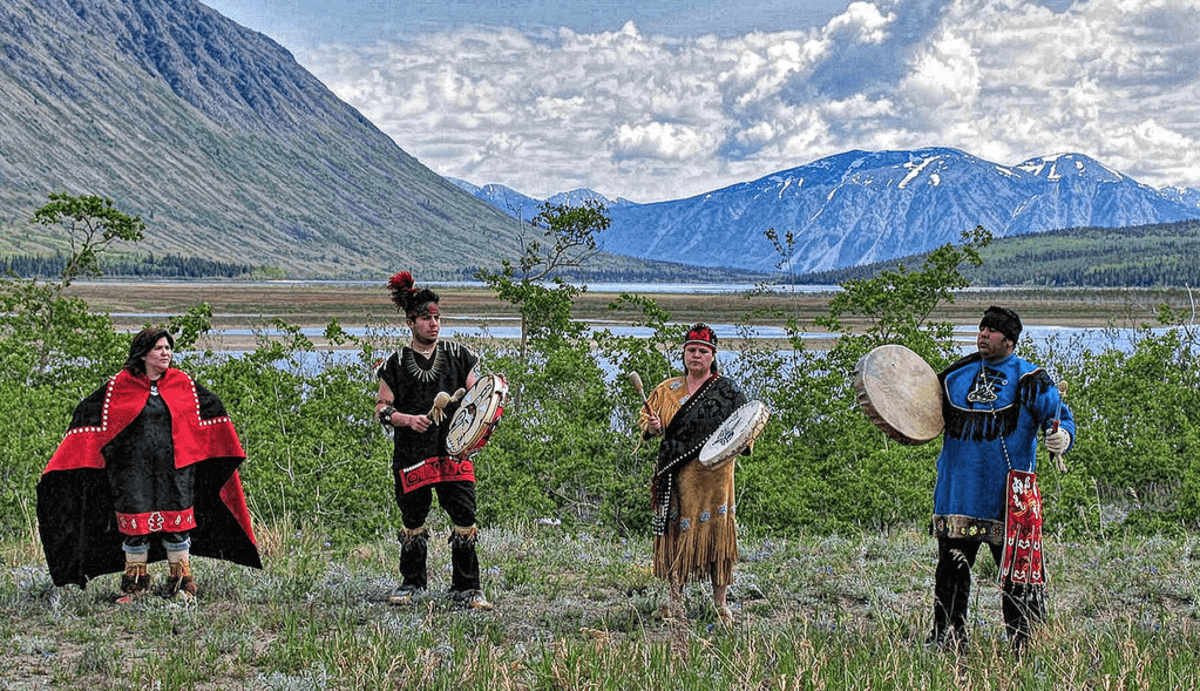History of Yukon
Yukon was formerly known as the Yukon Territories. It is one of the three territories in Canada located in the extreme northwest of the country. The human habitation history can be traced back to the Ice Age. The very first inhabitants are said to have arrived more than 20000 years ago after migrating from Asia over the land bridge. In the 18th century, explorers from Russia began to trade with the first nation’s individuals along the coast of Alaska. This was the beginning of trade relations establishment throughout the region.
In 1896, Yukon gold was discovered, and this led to the famous Klondike Gold Rush. Due to the presence of many people who were looking for gold, Yukon was made a separate territory during the 1898 Northwest Territories splint off. Another remarkable event in the history of Yukon is the construction of Alaska Highway which took place in during the Second World War in order to help in transportation of weapons and other war supplies. Whitehorse would later become the largest city in Yukon, and in 1953 it was made the capital.
Yukon first nations
Population estimates in Yukon during the early years in the 19th century differs greatly. Historians argue that there were about 8000 people in Yukon Territory. Others claim that the number ranged between 7000 and 8000, while still, some say that there were more than 9000 people in the territory.
Different Athabaskan tribes inhabited the territory’s main part of the modern Yukon. The Kutchin (Gwitchin Indians) occupied the basins of Porcupine River and Peel River in the north. The Han who are Kutchin relative Indians, lived in around the middle of Yukon River along the Alaska border. The Northern Tutchone occupied the Stewart River, the basins of Perry River, and the better part of central Yukon while the Southern Tutchone occupied southwest of Yukon. Kaska Indians lived in the Basin of Liard River in the southeast. Tagish lived in the south some few miles from the upper courses of Yukon. In the southwest, there lived the Upper Tanana who occupied the river heads of the white river.
Besides the Athabaskan, the Eskimos (Inuit) lived on the Arctic coast of the current Yukon. And down River Teslin in the south, the continental Tlingit whose language and that of the Athabaskans is viewed to be part of the family of Na-Dene language.
Klondike Gold Rush
You cannot talk of Yukon’s history without mentioning the Klondike Gold Rush. Yukon gold was discovered in Bonanza Creek in 1896 by a party that was led by “Skookum” Jim Mason. It is believed that about 35000 people could not be stopped by the numerous hardships in their pursuit of the Klondike goldfields to become millionaires. All this happened during the winter and spring season of 1887 and 1888. It is this American influx that made the Canadian government create a separate territory in order to control the situation.
In 1901, the population census indicated that the number of people in the territory was at 27219, although many had already gone back to their regions. It took about 90 years for the population to reach this mark. It is this influx of people that stimulated exploration of minerals in other parts of Yukon increasing the number of millionaires in the territory.
Yukon silver
Silver mining dates back in the 1880s but the most significant period was between the years 1913 and 1989. During this period, more than 217 million ounces of silver were mined at the Keno-Hill silver district which is among the highest-grade silver districts in the whole world. The average grade of silver mined between 1913 and 1989 was 40 ounces per ton. This however led to severe environmental destruction resulting in the shutdown of the mine in 1989.
The bottom line
According to the elders, the First Nations People have been in the region since time immemorial. The origin stories narrated of when the Earth Mother, the Raven, and other powerful beings cleared the way for people to live in the world. Archaeological evidence and oral traditions, on the other hand, document how the indigenous ancestors lived in the land more than 12000 years ago. All said and done, out of the 14 First Nations in Yukon, 11 have already signed their self-governance agreements.

